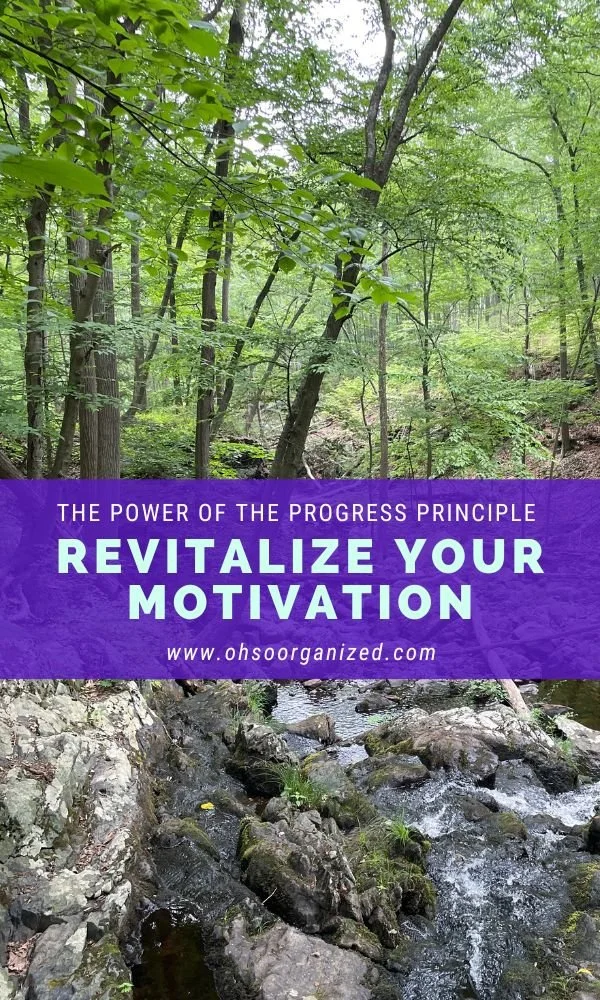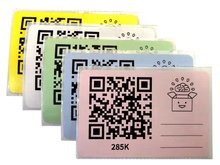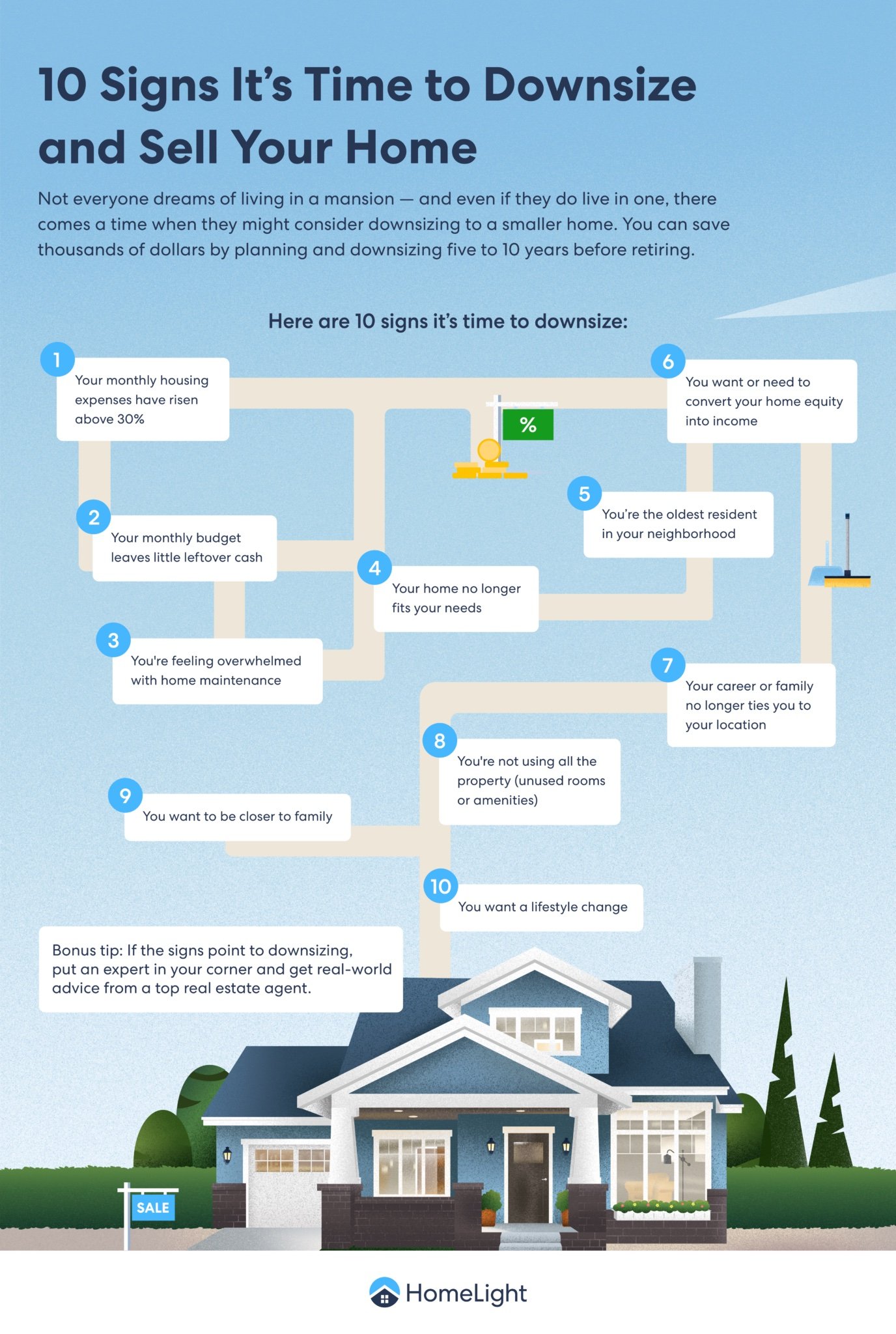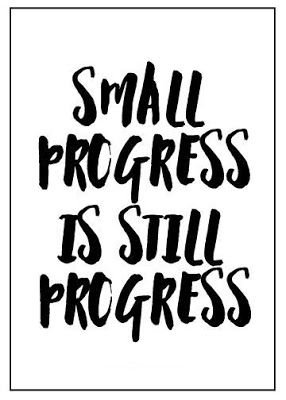We’re in the thick of the holiday season. Holiday music permeates the background as you stroll through stores, restaurants, and grocery stores. Is it just me, or do you catch yourself singing along? I can’t help it. The music is contagious. Your balance might be excellent right now. You feel unencumbered, giddy, and joyful with the glitter and whimsy of the holiday season. Or, you might feel overwhelmed by your physical or mind clutter. The overwhelm makes it challenging to focus on twinkling lights, time with loved ones, and feeling at ease.
Finding balance is a constantly moving pursuit. When your balance wanders too far in one direction, it’s time to adjust. It’s an excellent season to make some changes. It will set you up for a happier, more peaceful holiday time. No one wants to be preoccupied with clutter at the expense of enjoying celebrations, cozy time around the fire with family and friends, and quiet moments of relaxation or reflection.
My clients have been especially motivated and focused on recalibrating their balance in the past several weeks. Their physical and mental clutter reached a tipping point, encouraging them to edit, let go, and organize. It’s been exciting to help them make the changes they desire. Enlisting my help enabled them to clarify and recommit to their goals, get unstuck, reduce overwhelm, and feel energized with hope. Making small steps, taking action, and experiencing progress are the secret ingredients to finding your desired balance.
While there are many potential areas to balance, I’ll share five common ones that can inspire positive changes for you.
5 Positive Benefits of Creating More Balance for Happy Holidays
1. Balance Clothing Clutter
Are you familiar with the One-in, One-Out Rule, a commonly used organizing principle? This encourages you to release one equivalent-type item you no longer want, like a pair of pants or a sweater, when you bring in something new. This concept helps you maintain your current space and organization.
A more substantial edit is helpful if your clothing closets are already tight or overflowing. Especially at this time of year when we are gifted things, including clothing, it’s beneficial to do some closet and dresser editing now. I encourage you to release those items that no longer fit, you don’t like, are worn or stained beyond repair, and are never selected to wear. Let those go. Create visual and physical space for your clothing. You’ll be able to get dressed more easily and know that you love wearing what remains.
2. Balance Mind Clutter
What thoughts are swirling around in your brain? Are your tasks, projects, and decisions to make preoccupying your thoughts? You may have one particularly significant project that is shouting the loudest and making it challenging to focus on other commitments. It’s time to rebalance with the Brain Dump.
An excellent first step is releasing your thoughts from your head and capturing them on paper, a digital document, or a voice recording. Let them out! What happens when we keep them in? The mind clutter continues to swirl around. It keeps us stuck and preventing us from taking action. You can get easily fooled when thinking overtakes doing. It might seem like you’re accomplishing something because that ‘thing’ is all you think about. But you aren’t doing, you’re ruminating.
Action, which brings about progress, is the key to reducing your mind clutter. Select one tiny task from your list. It can be the next step in moving forward on that big project or a single one-and-done-type task. Continue to select something from your list and turn your tasks into small, doable actions.
3. Balance Desk Clutter
Often, my clients tell me they can't think or work when their desks are out of balance and cluttered. Paying bills, writing, scheduling, making calls, or responding to emails can be challenging when your desk surfaces contain visual and physical clutter. The items that collect over time onto your surfaces are waiting for decisions. The objective is to remove things you don’t need visible or belong elsewhere, like
Old or fileable papers
Extra office supplies
Random items that ‘landed’ there or
Other people’s stuff
When your desk balance is off, invest time to recalibrate. This doesn’t mean it needs to be completely empty. Find a balance between what you need to be immediately visible and accessible and those things that can be stored or moved elsewhere.
Edit, let go, reroute, and breathe. Can you feel a sense of relief?
“When your balance wanders too far in one direction, it’s time to adjust.”
4. Balance Pile Clutter
Are you a piler? You might see stacks of books, magazines, gifts, toiletries, craft supplies, and more. Guess what happens when a pile gets too big? It becomes off balance with the potential to tip. The tipping can cause a tripping hazard. Who needs that during the holiday or any season?
Here’s the good news about these piles containing larger physical objects. Each item takes up a significant volume of space. That means your editing and decision-making power creates visible results more quickly. Here are some examples:
A one-foot pile of sweaters to edit = about 5 decisions
A one-foot pile of books to edit = about 18 decisions
A one-foot pile of magazines to edit = about 36 decisions
Compare these to:
A one-foot pile of papers to edit = about 240 decisions
If you want quicker progress on your piles, focus on editing the objects that take up more space and require fewer decisions. You’ll be less likely to experience decision fatigue.
5. Balance Paper Clutter
Why does paper collect? There are several reasons, such as
It needs to be filed
It is out as a visual cue
Belongs to someone else
Requires a decision
Is pending
Is part of an active project
It needs to be routed elsewhere
It needs to be shredded, tossed, recycled, or digitized
While the reasons are valid, the paper clutter often seems to multiply when we’re sleeping. Getting papers into a manageable balance hinges on your paper management system. This will include an area to
Store frequently referenced files
Organize current action items
Archive less frequently accessed files
Recycling container
Garbage container
Shredder or container to collect shredding
Investing in your paper management system will create flow, reduce paper clutter, and increase productivity. What a beautiful gift to give yourself in preparation for the holidays. And if you can’t focus on this before the season, why not set it as a goal for the New Year?
As you navigate the fullness of the holiday season, what will help you recalibrate your balance? Let me know how I can help with editing, decluttering, and organizing. I’m here for you. Schedule your virtual organizing session today. Reach me, Linda, at 914-271-5637, linda@ohsoorganized.com, or through my contact form.
I wish you a happy, joyful, and organized holiday season!
















